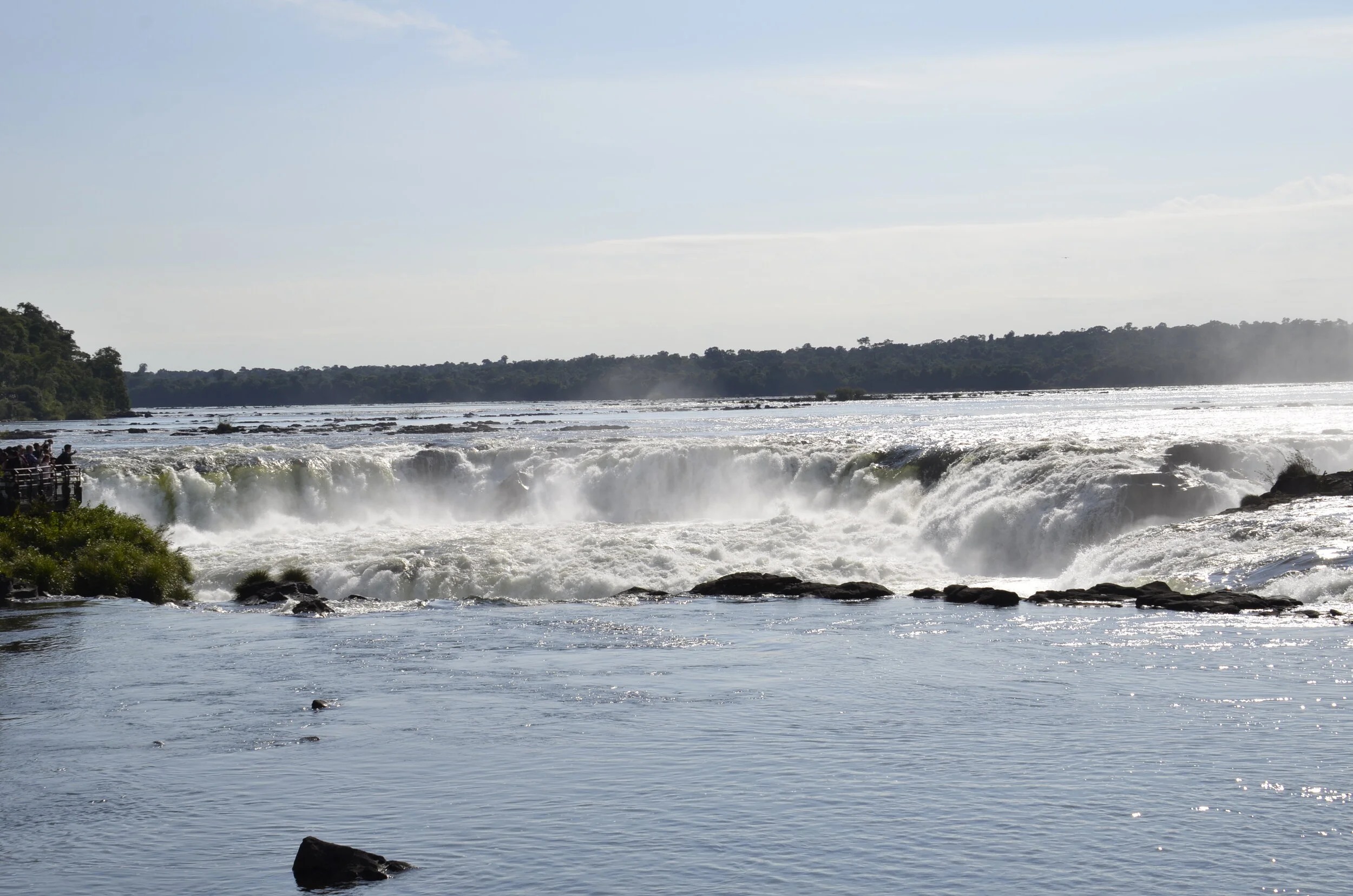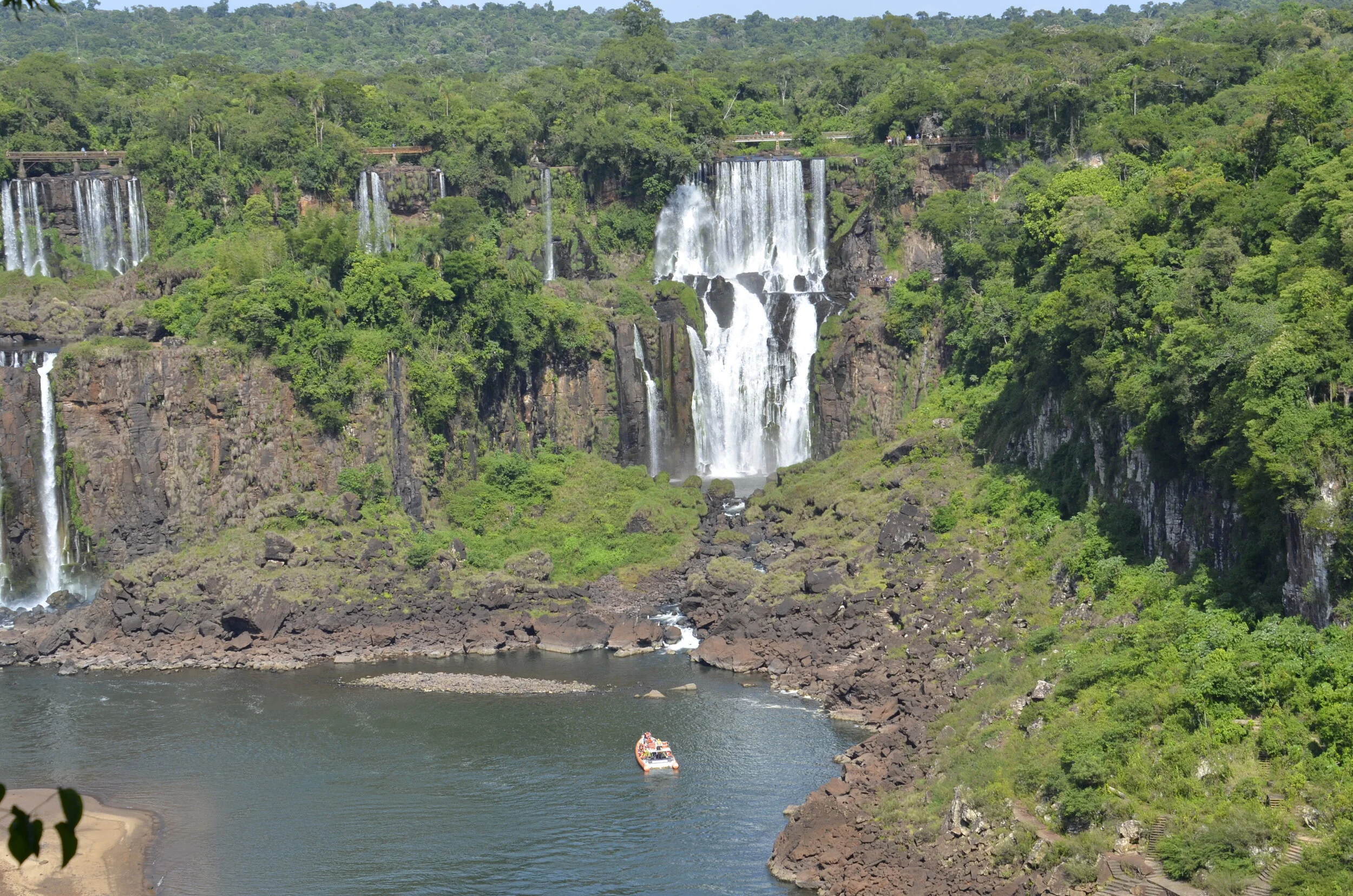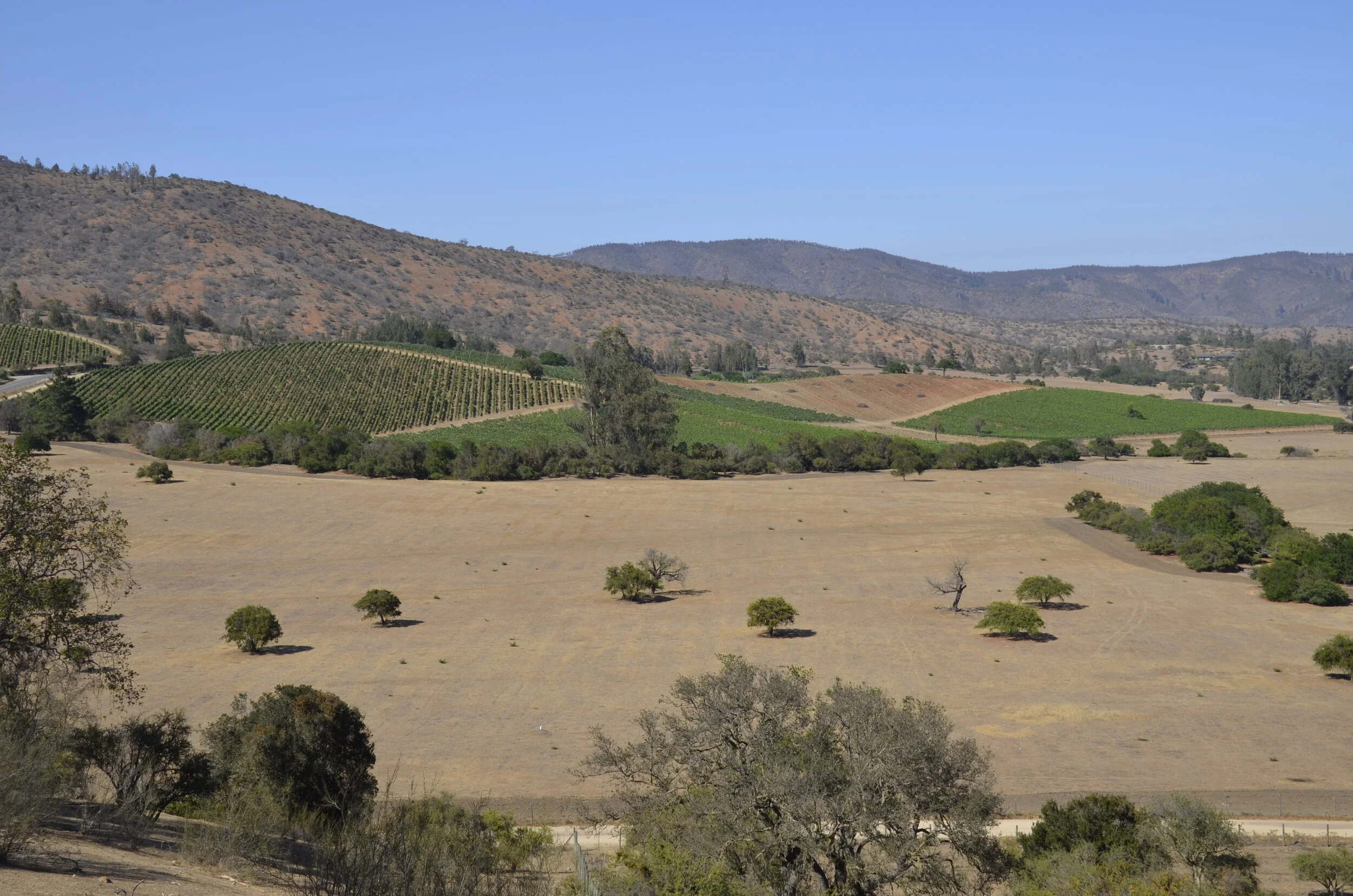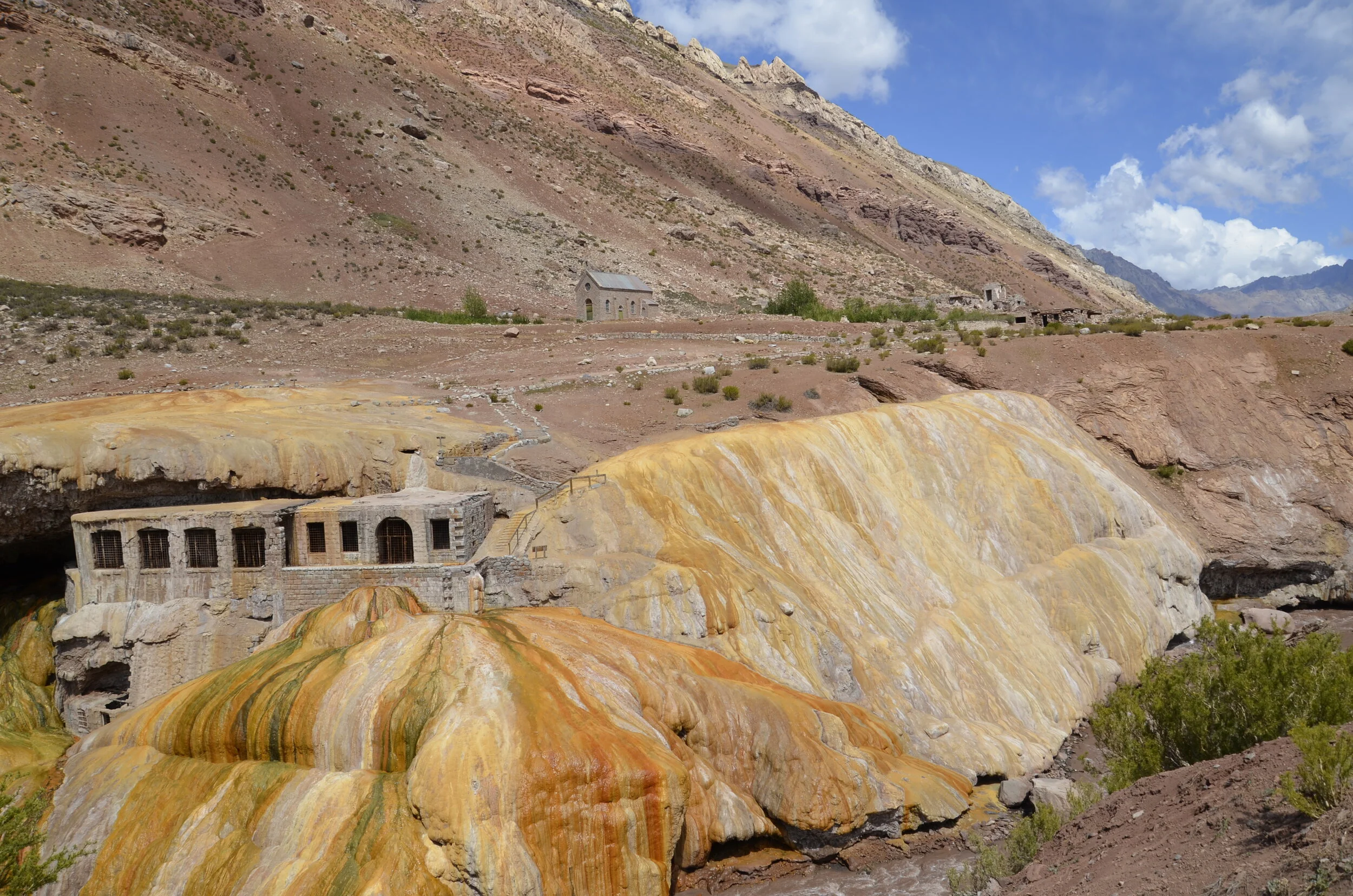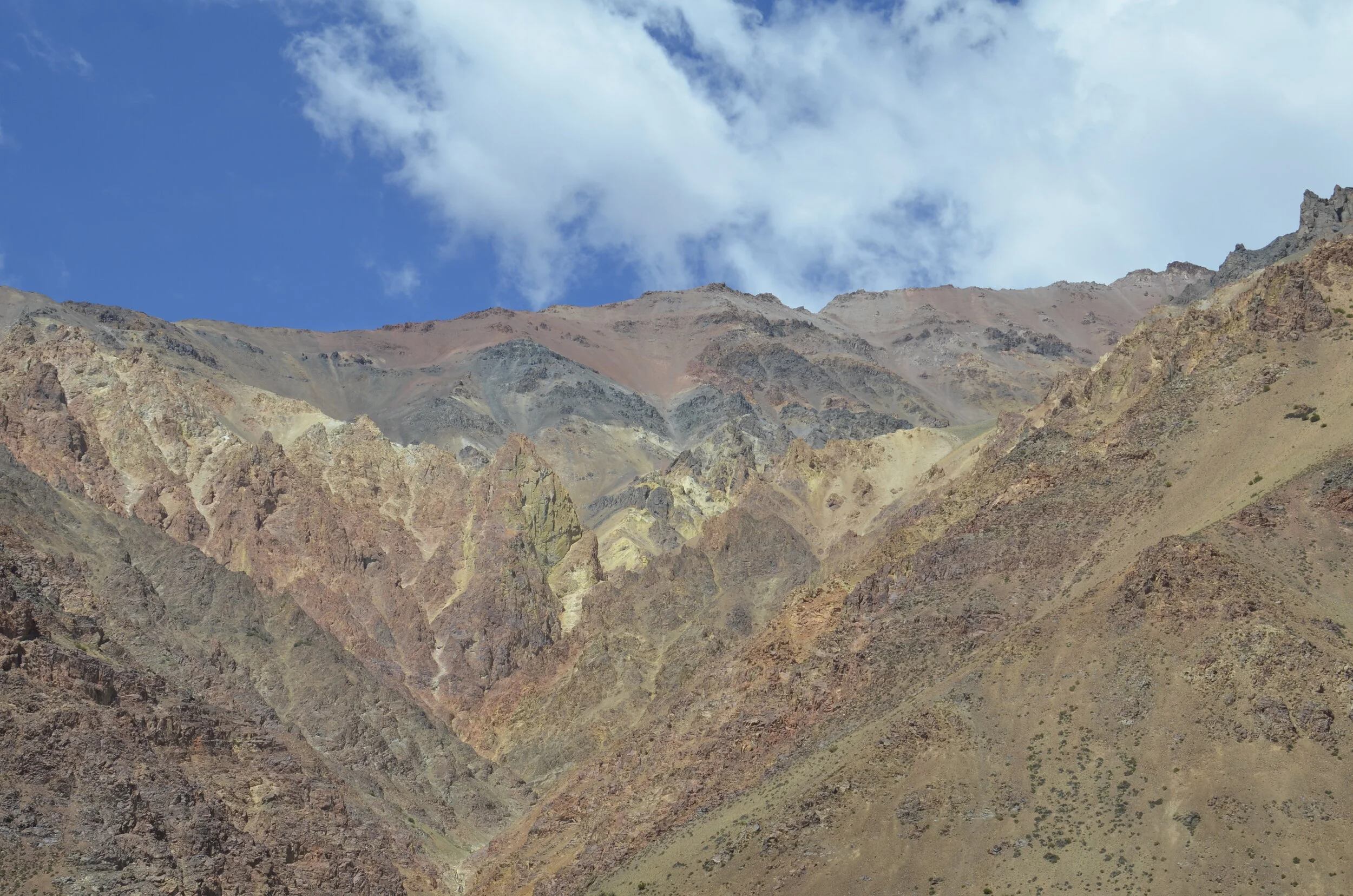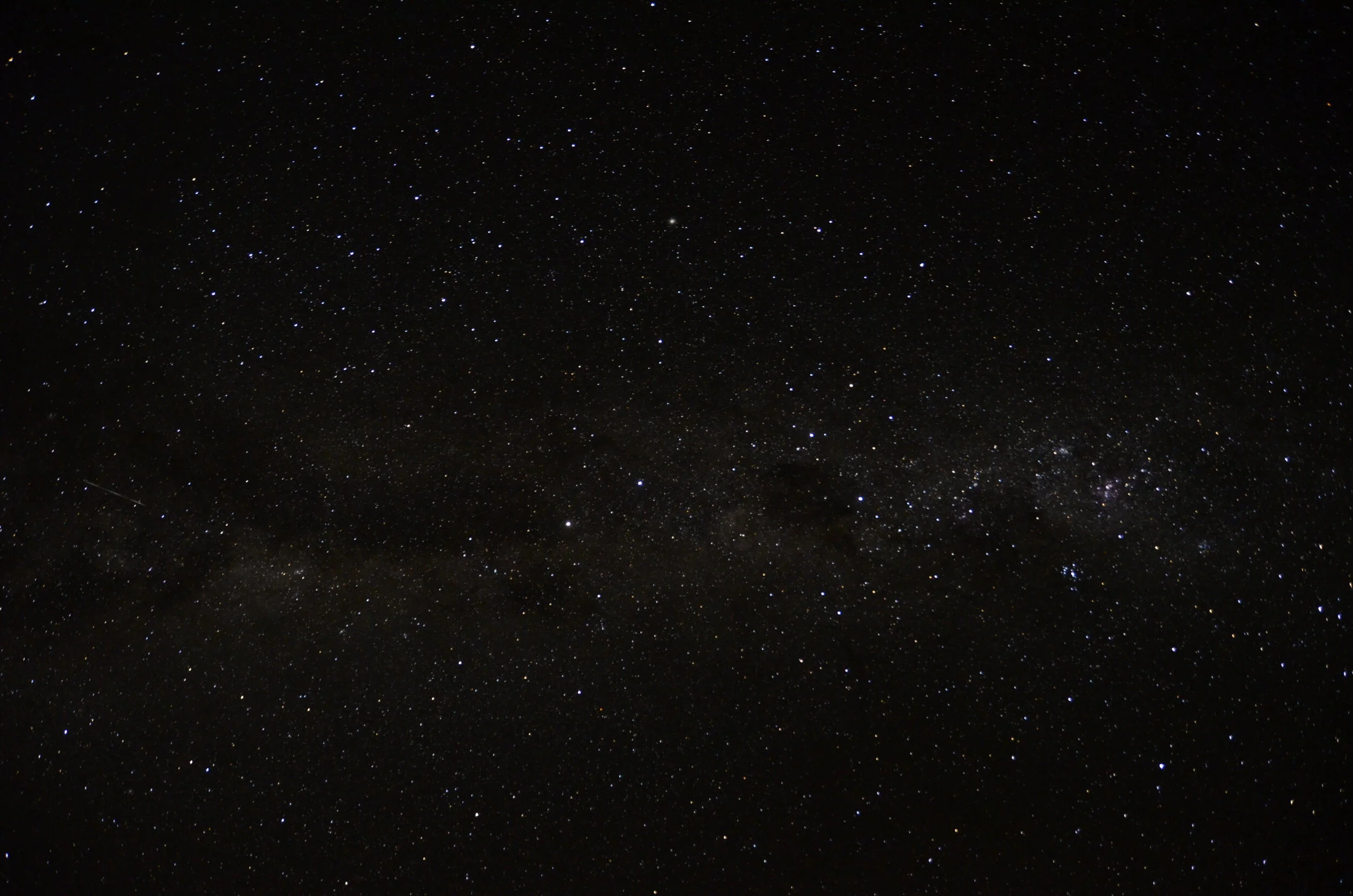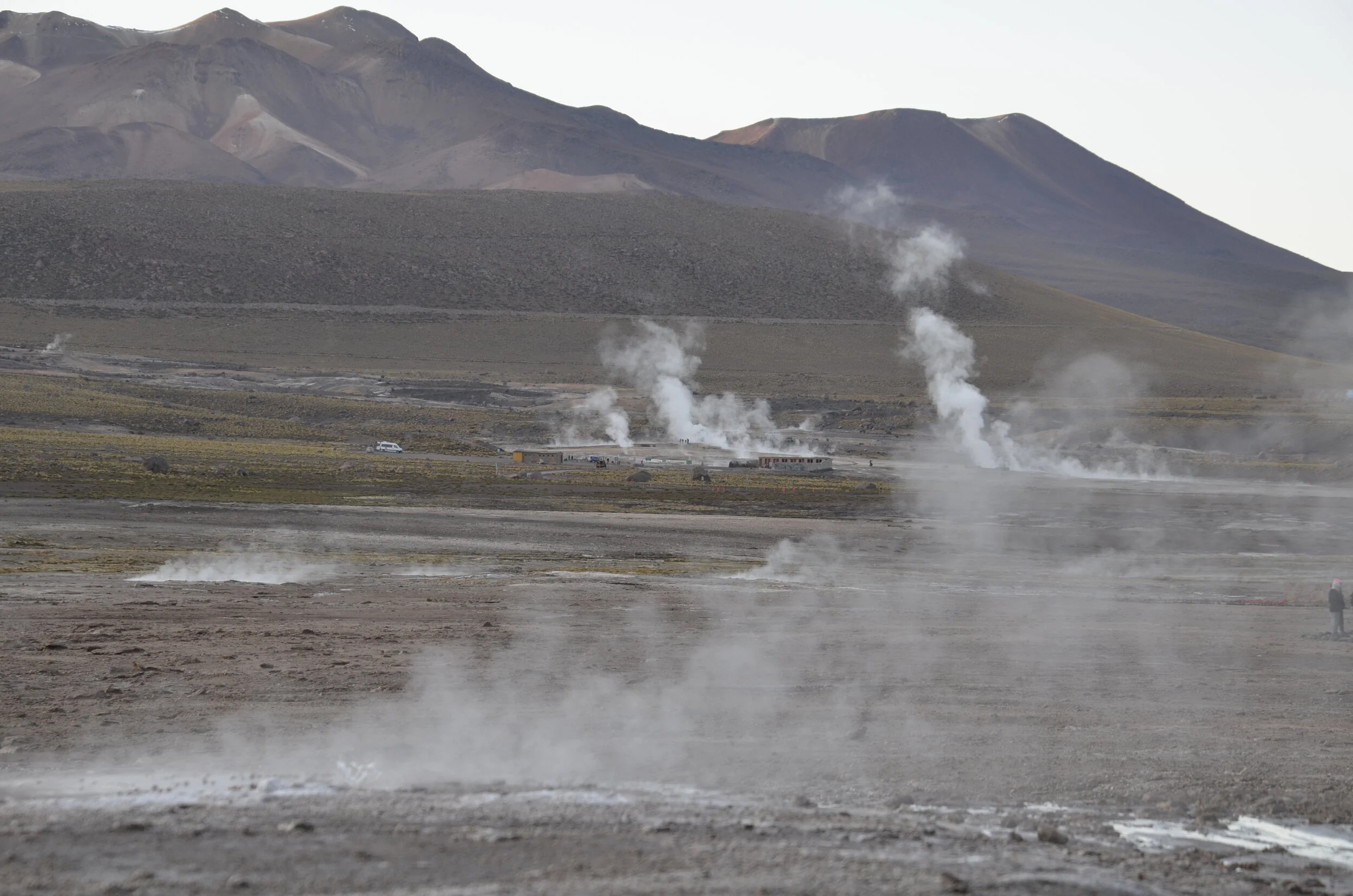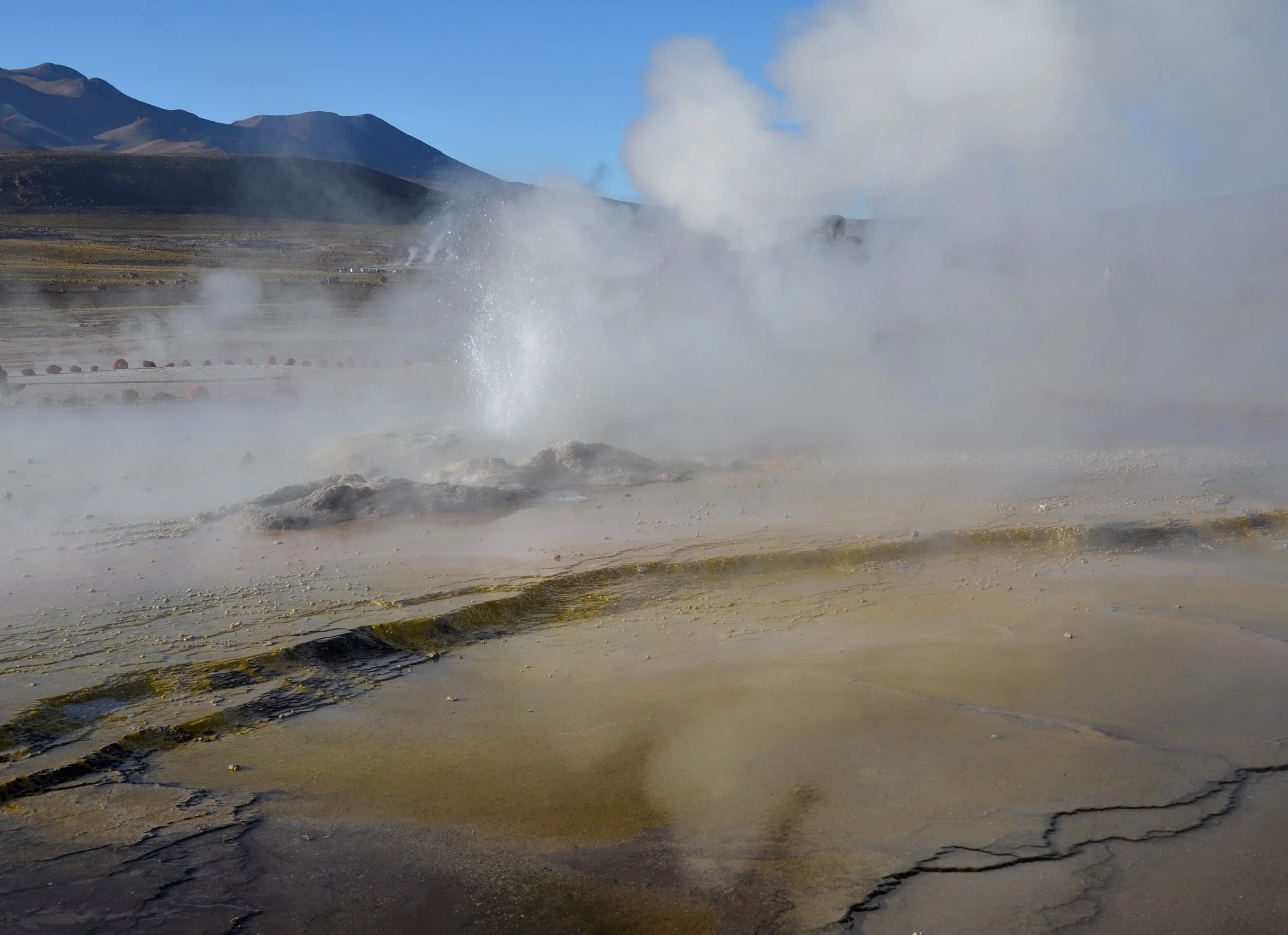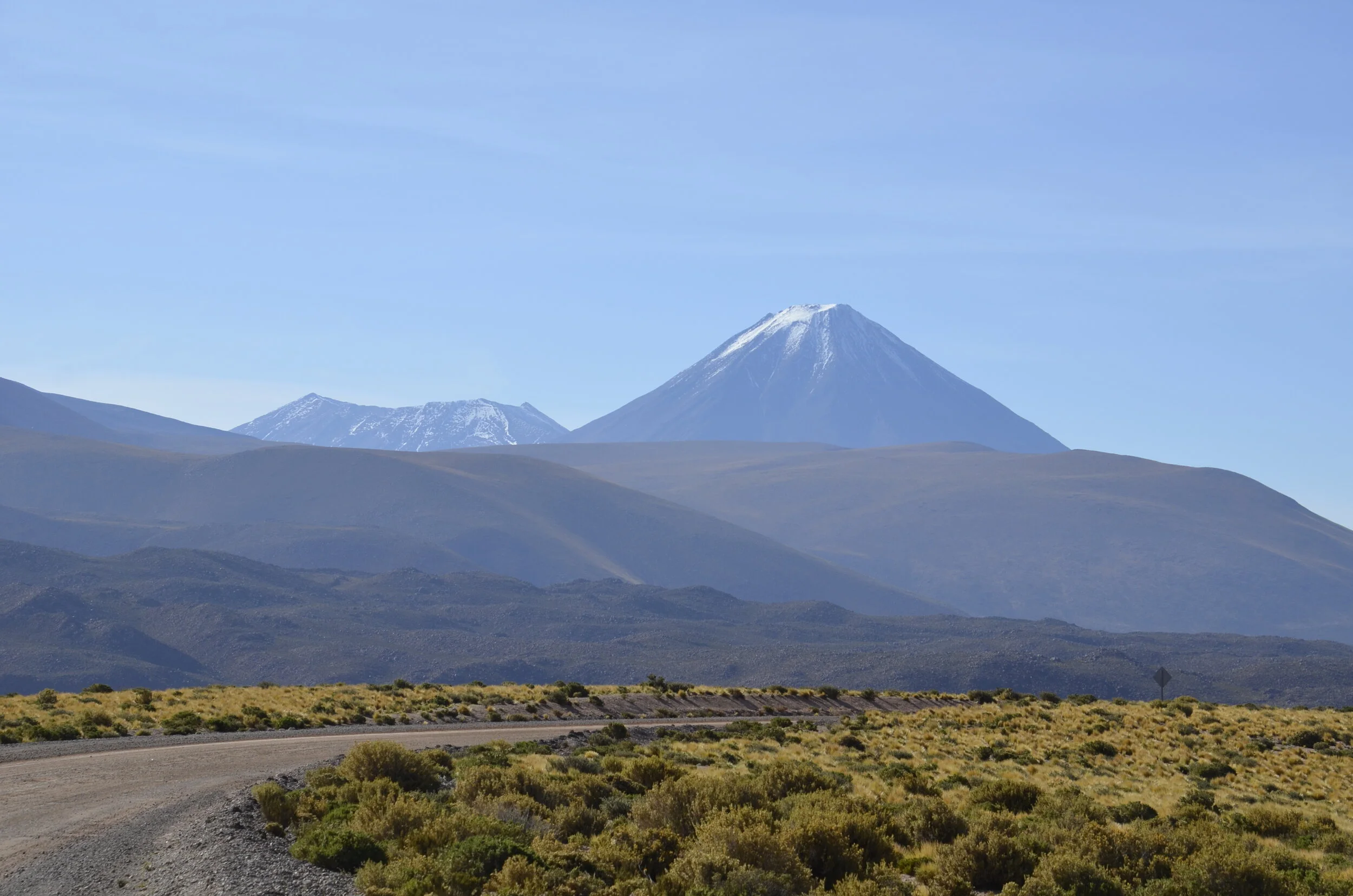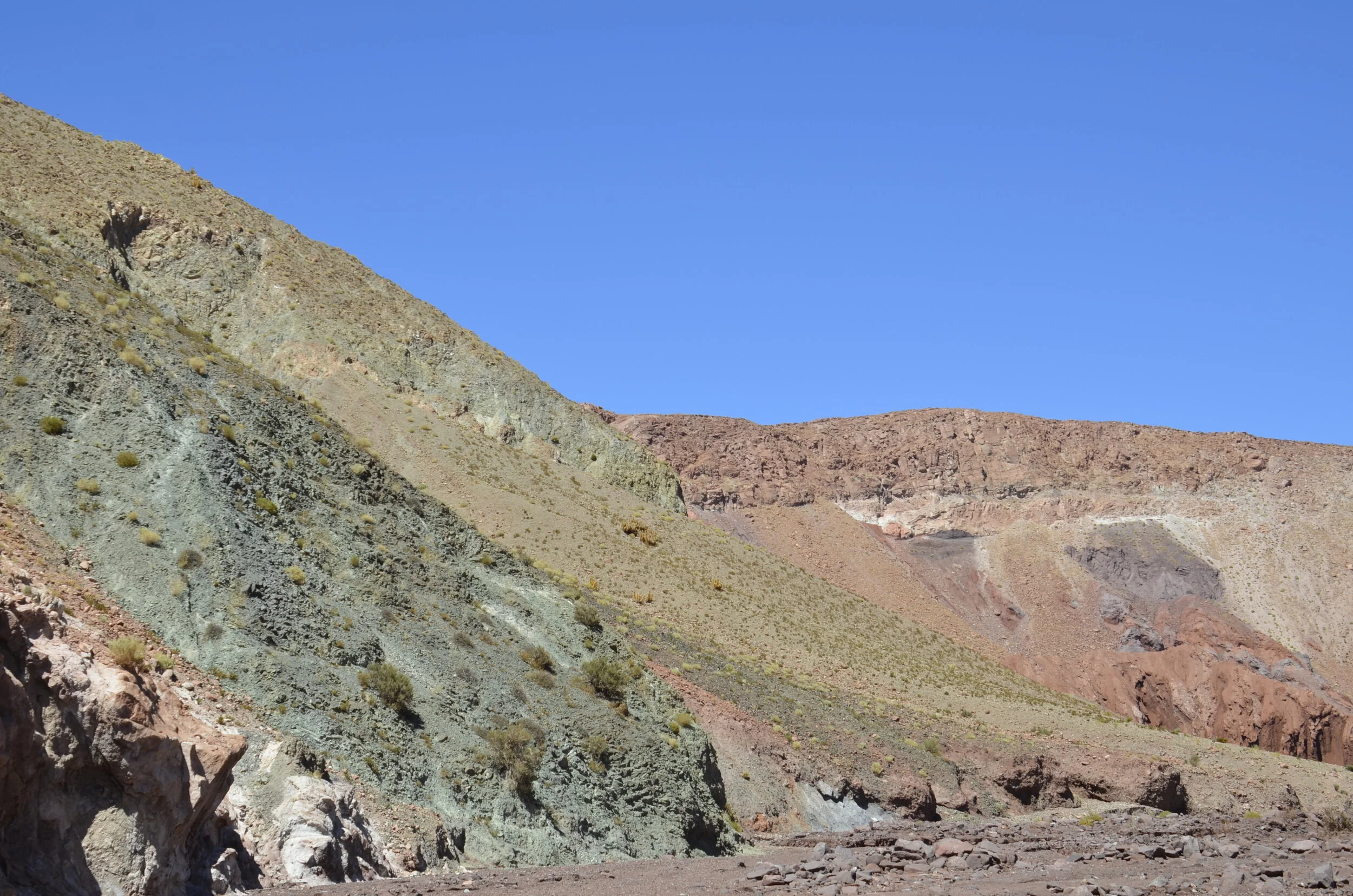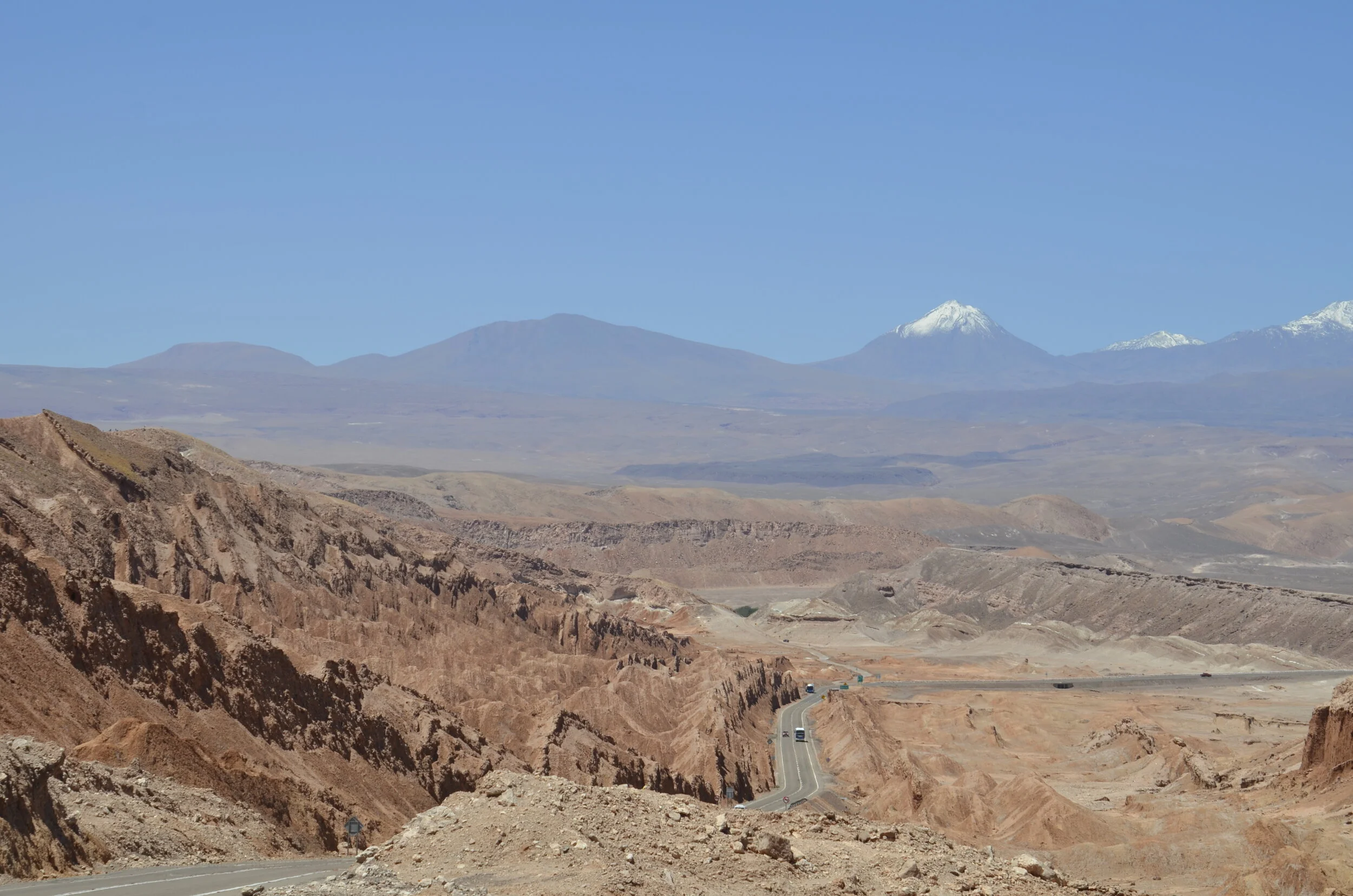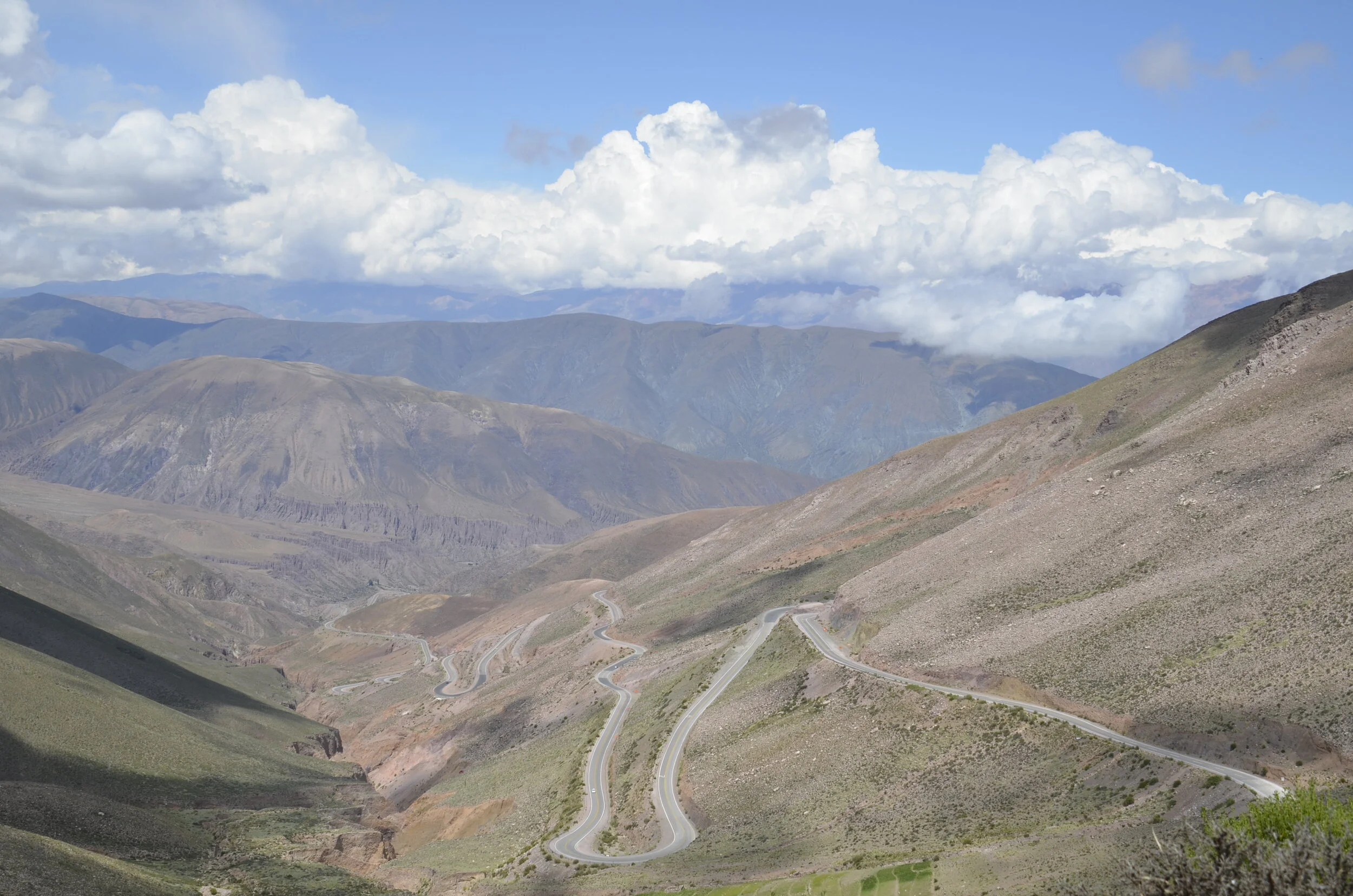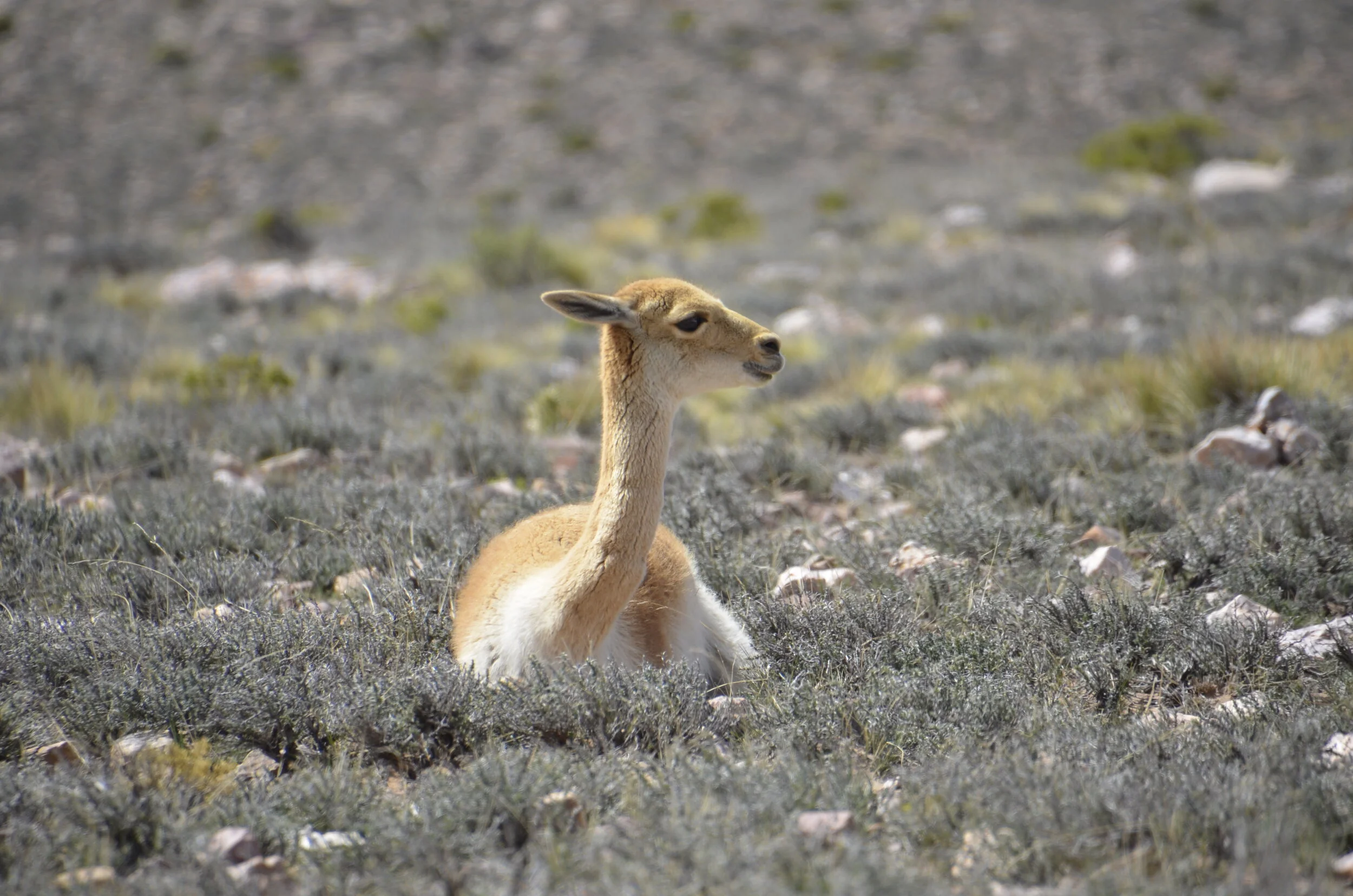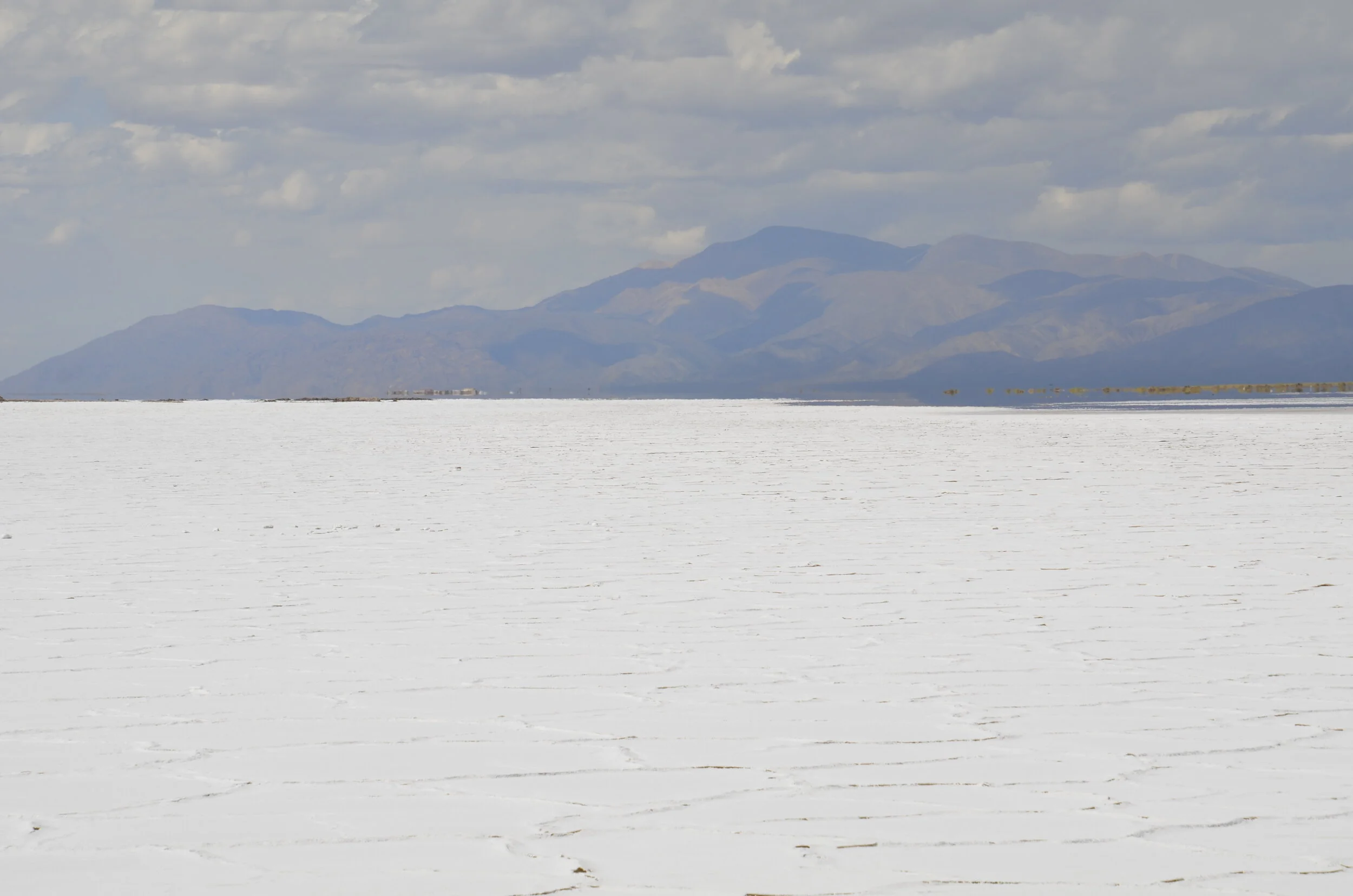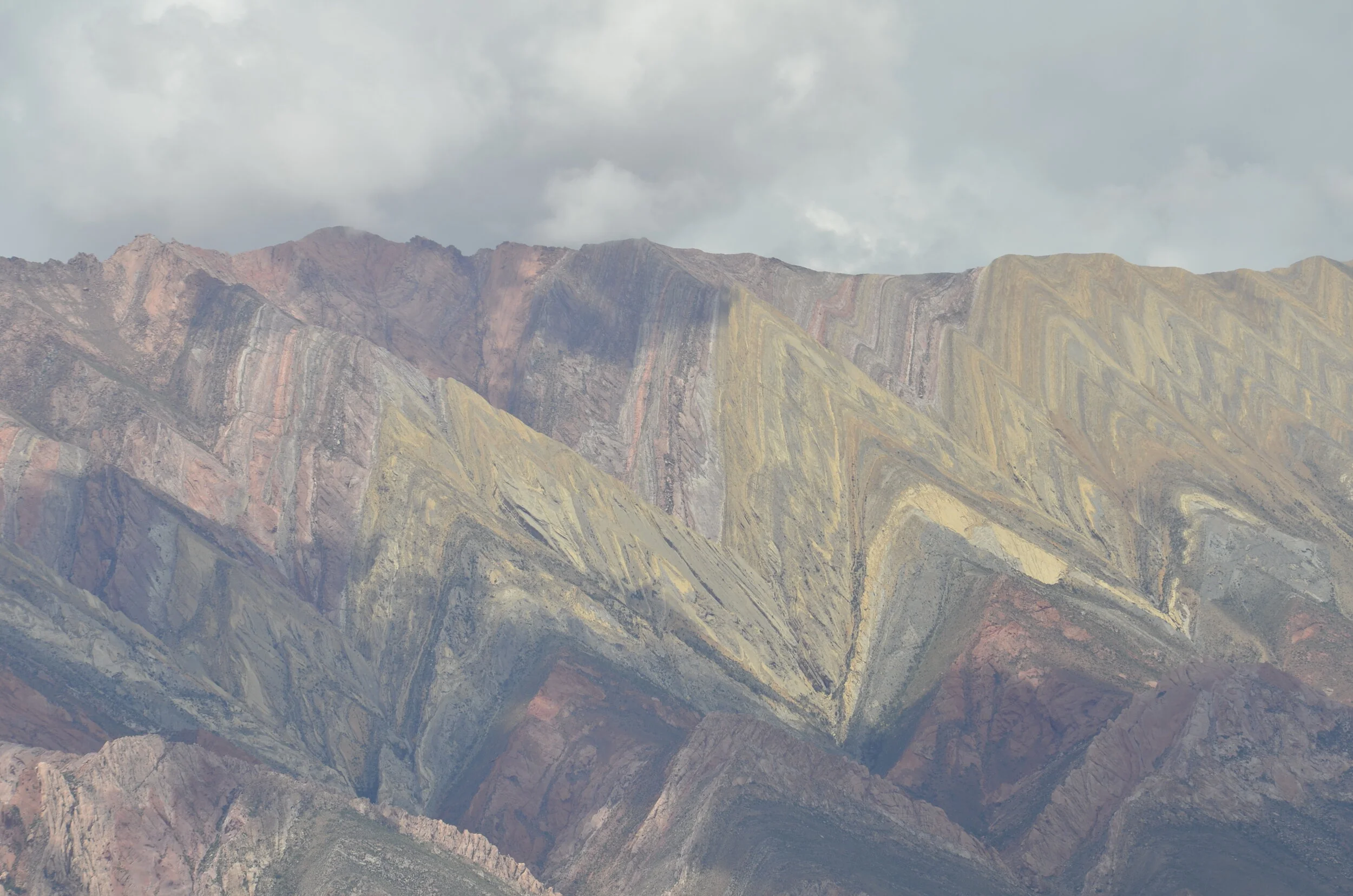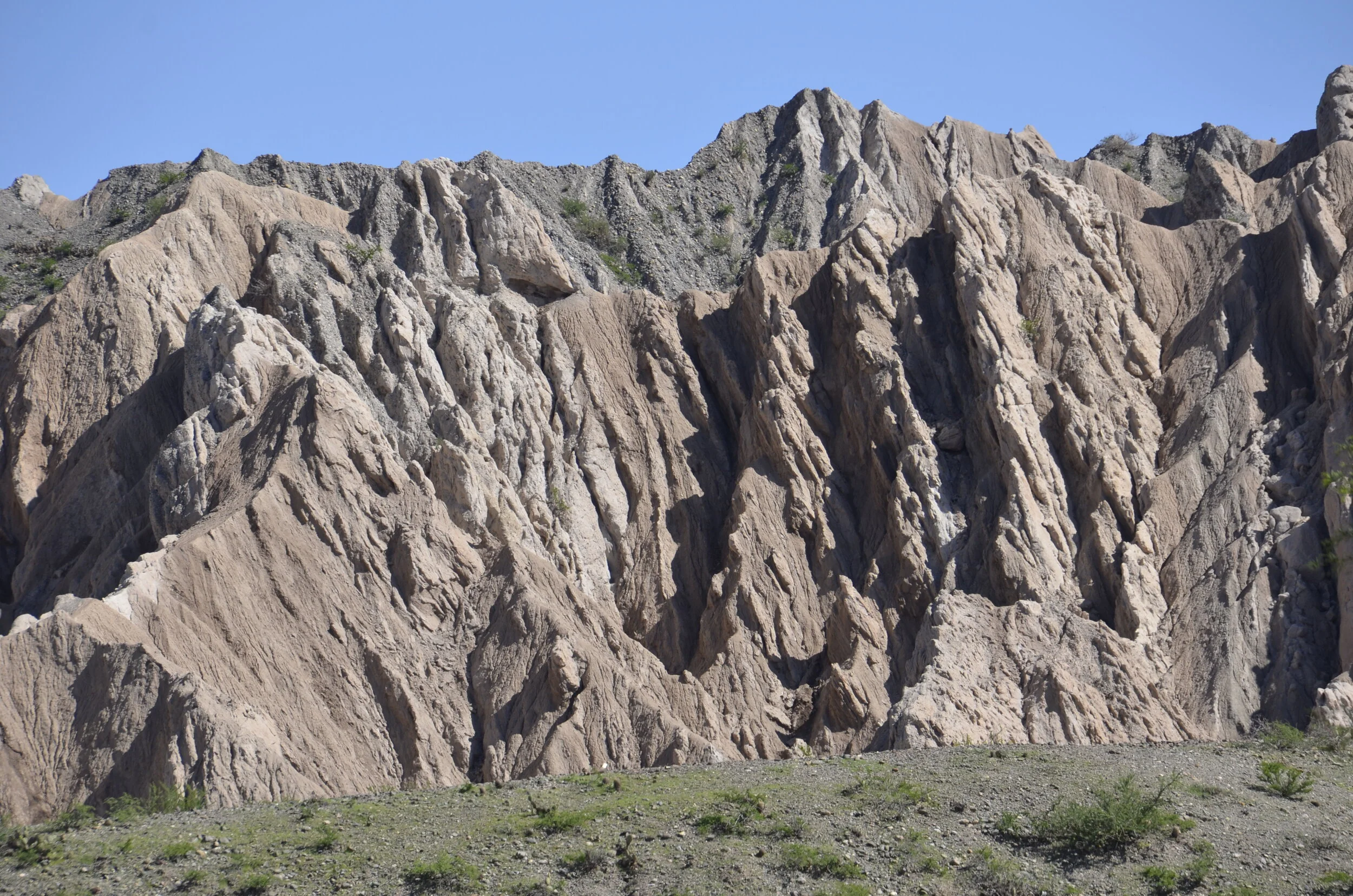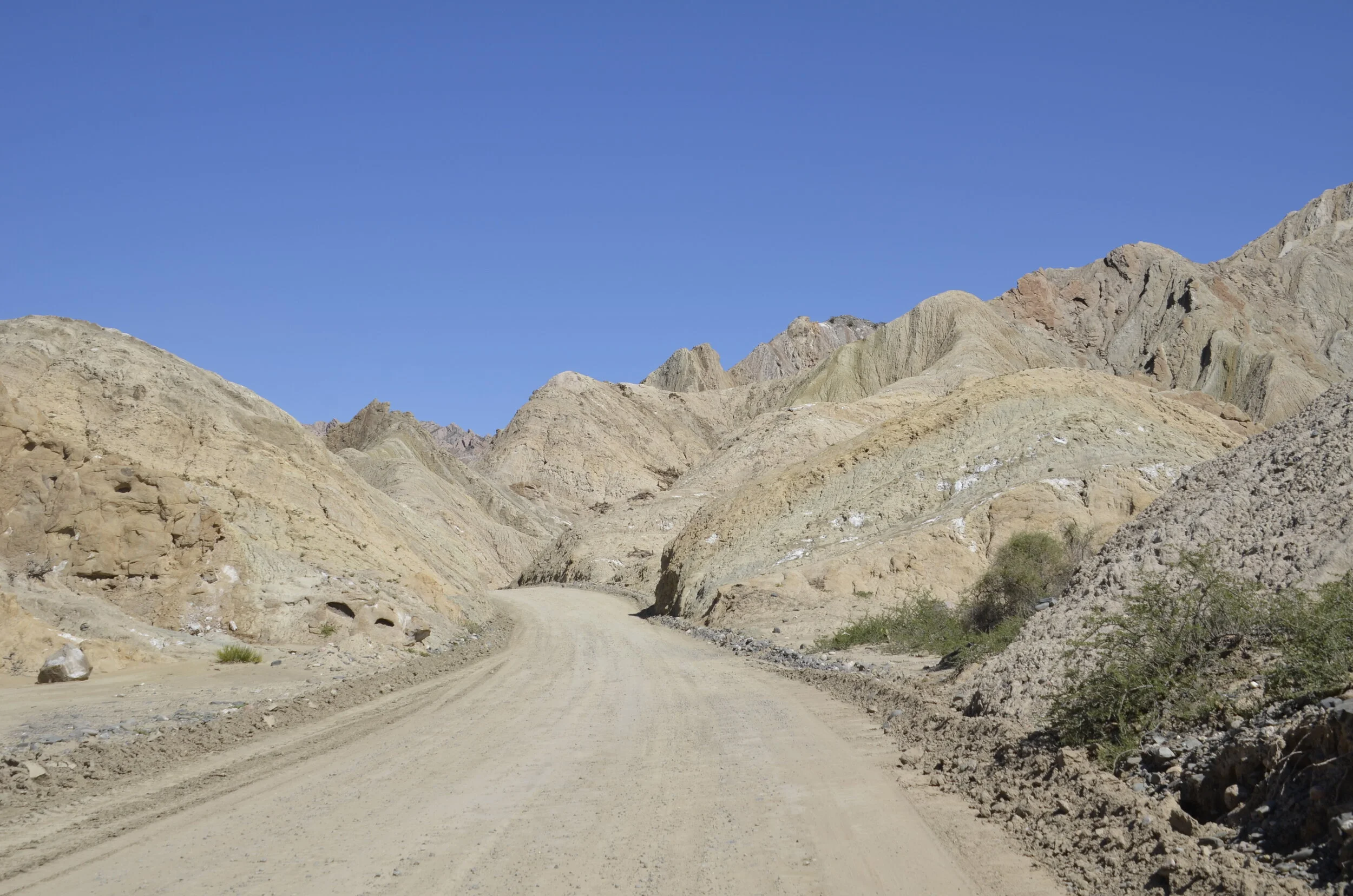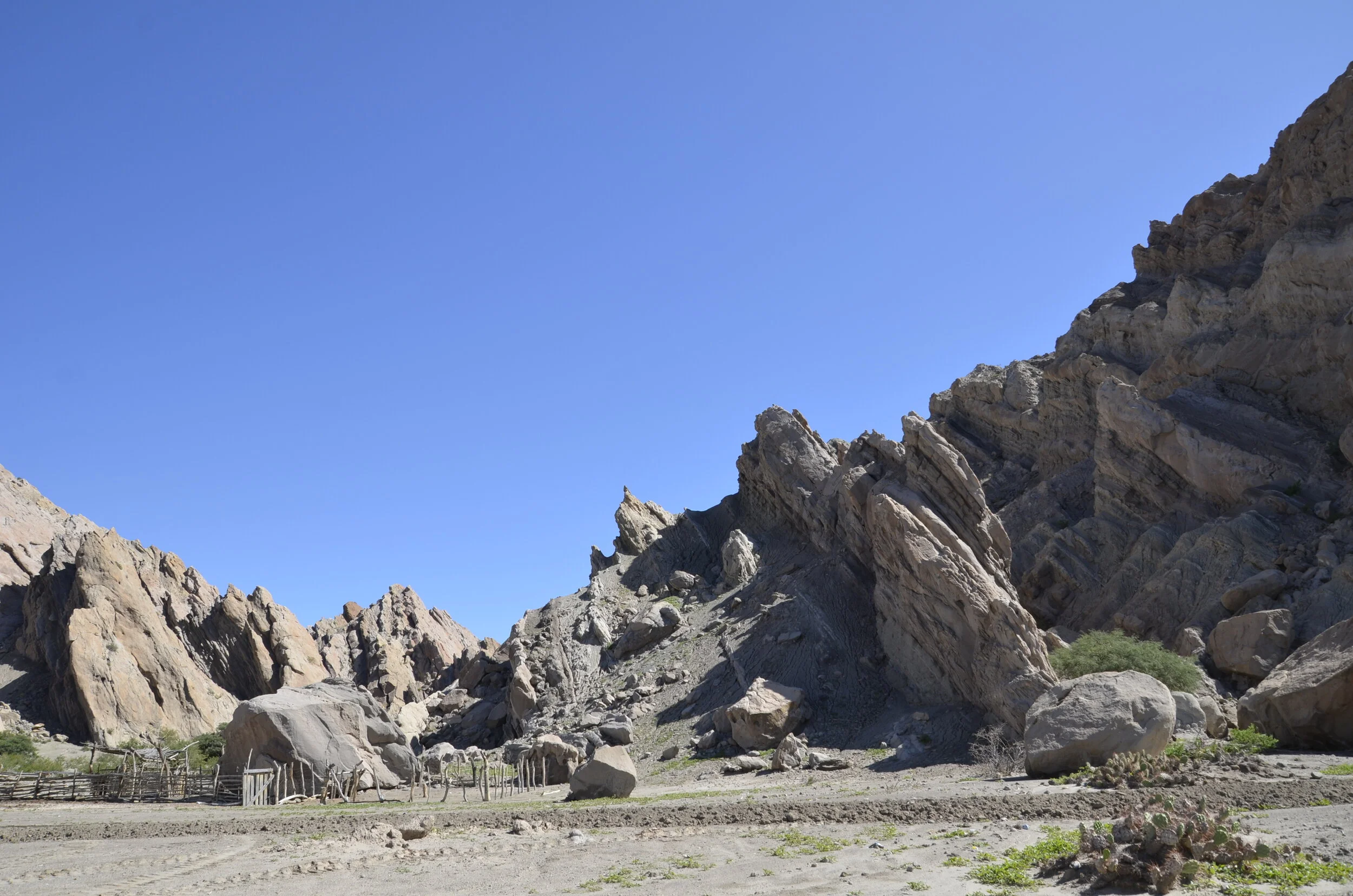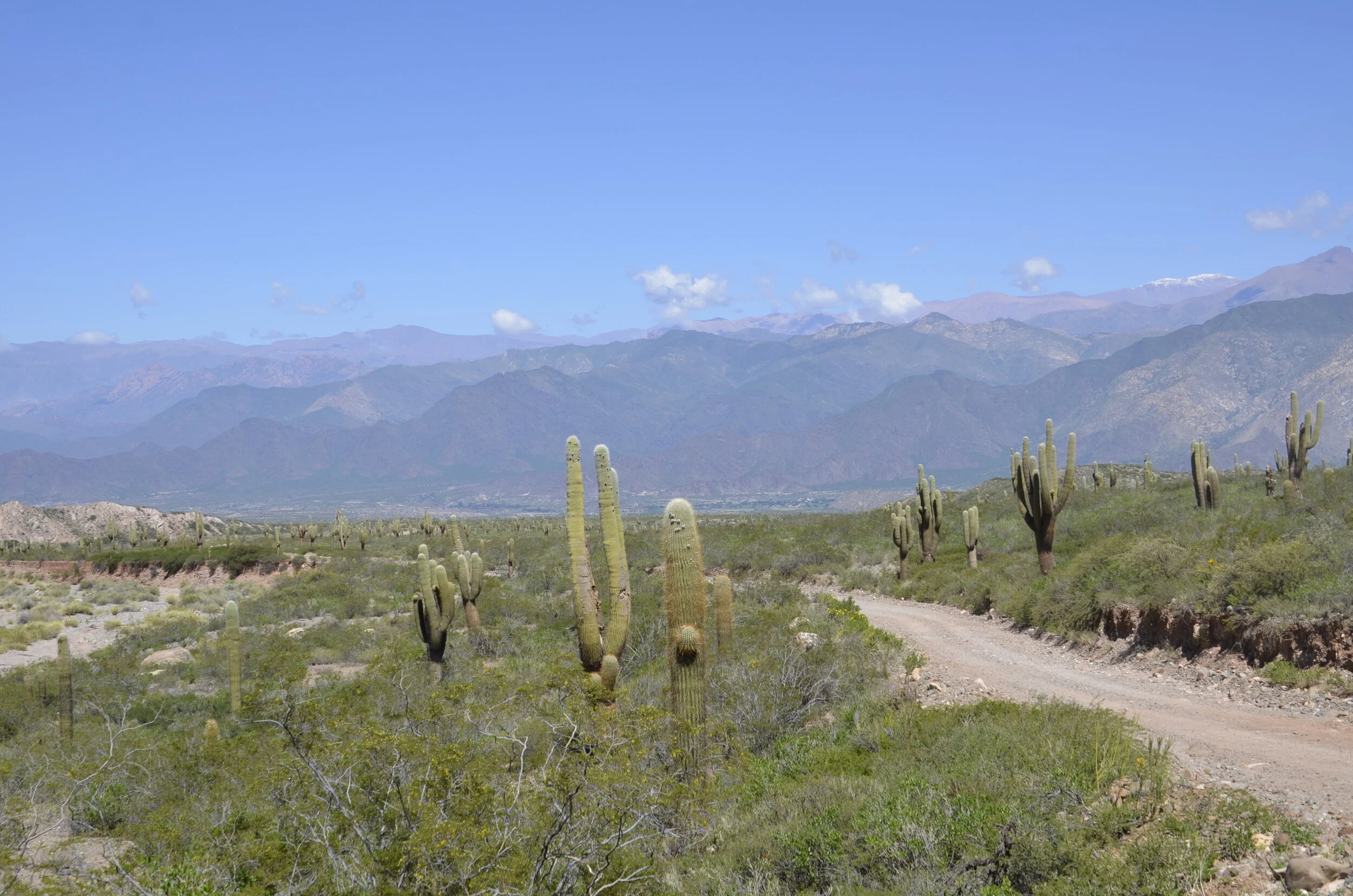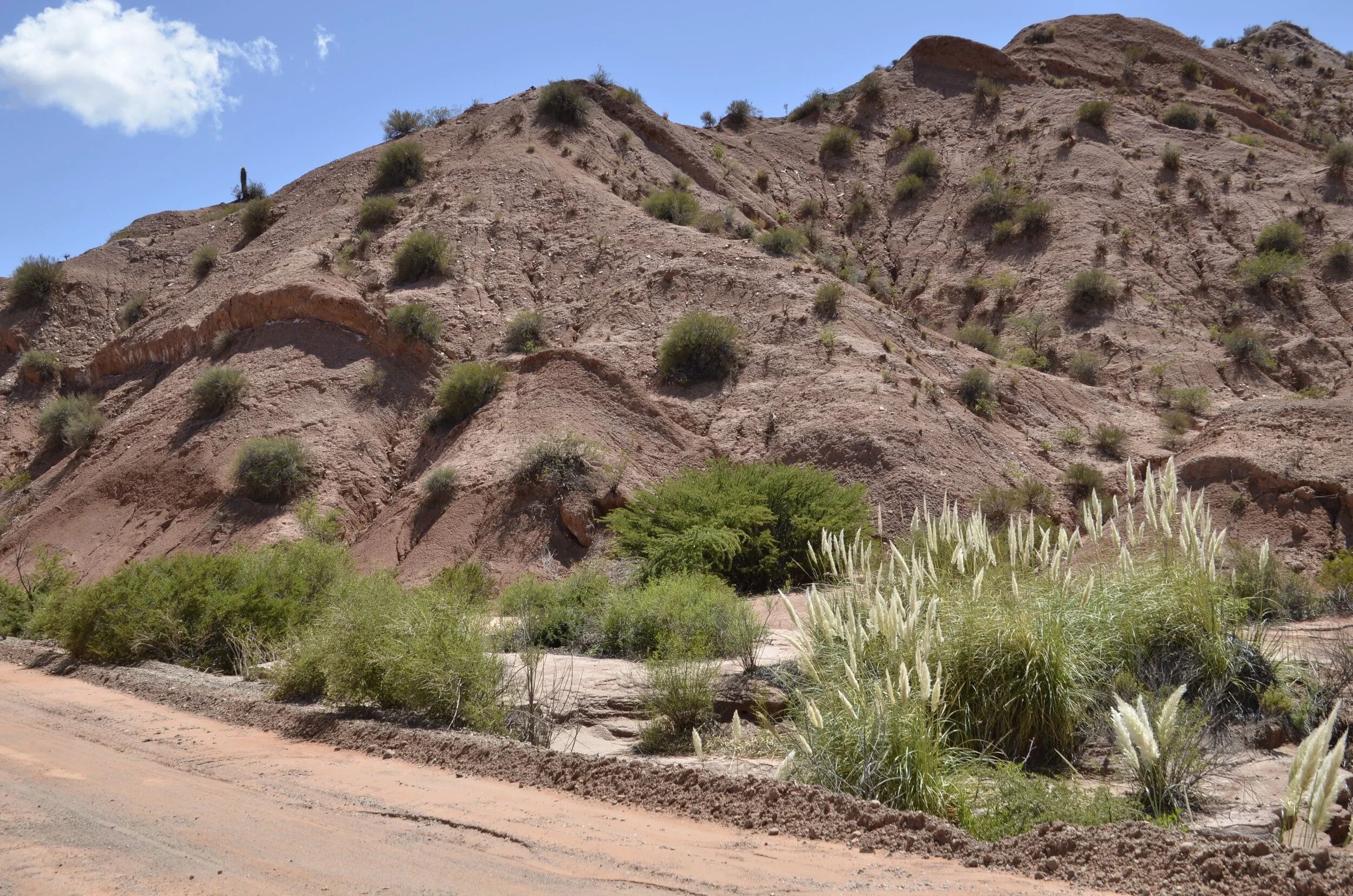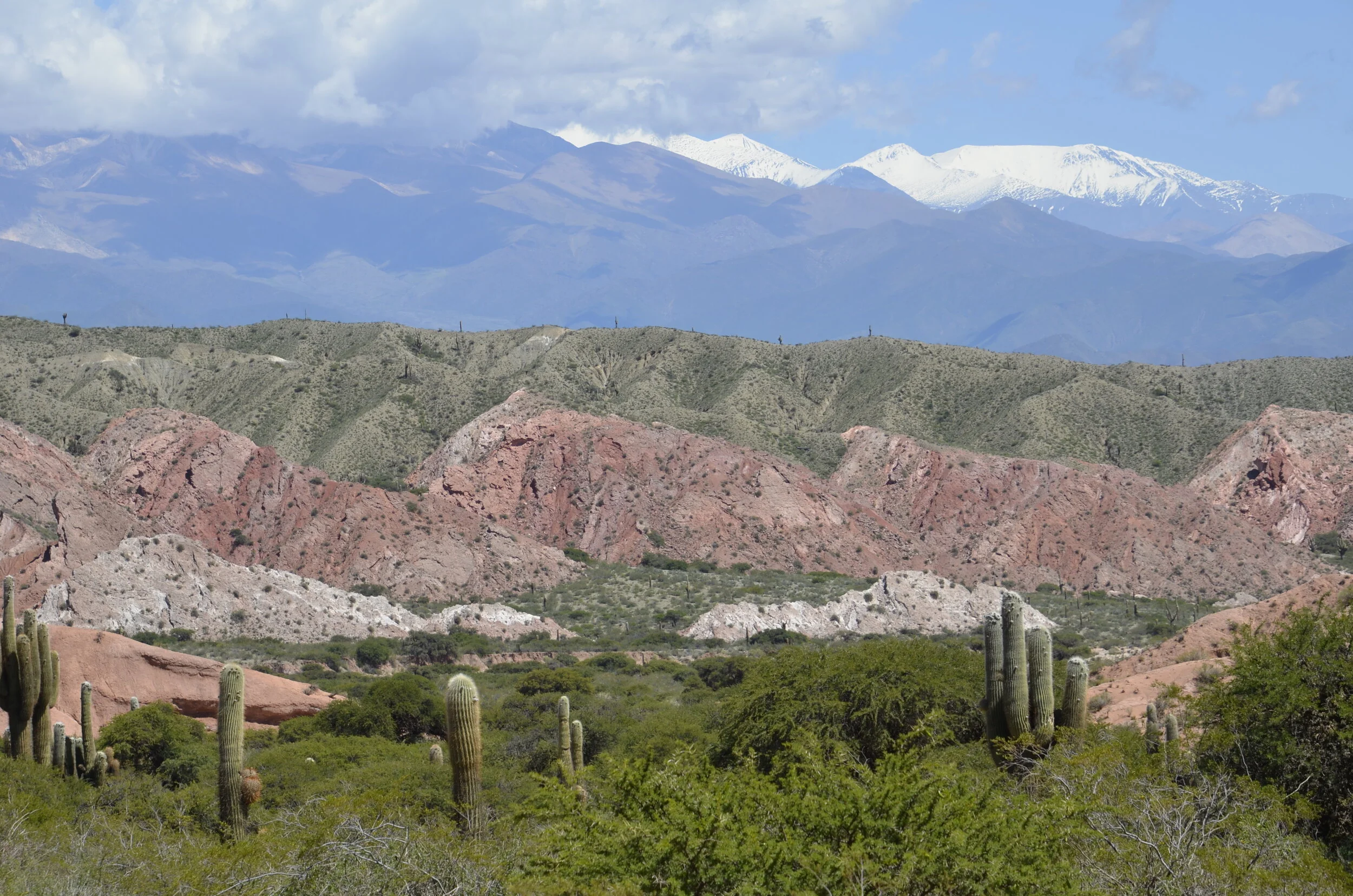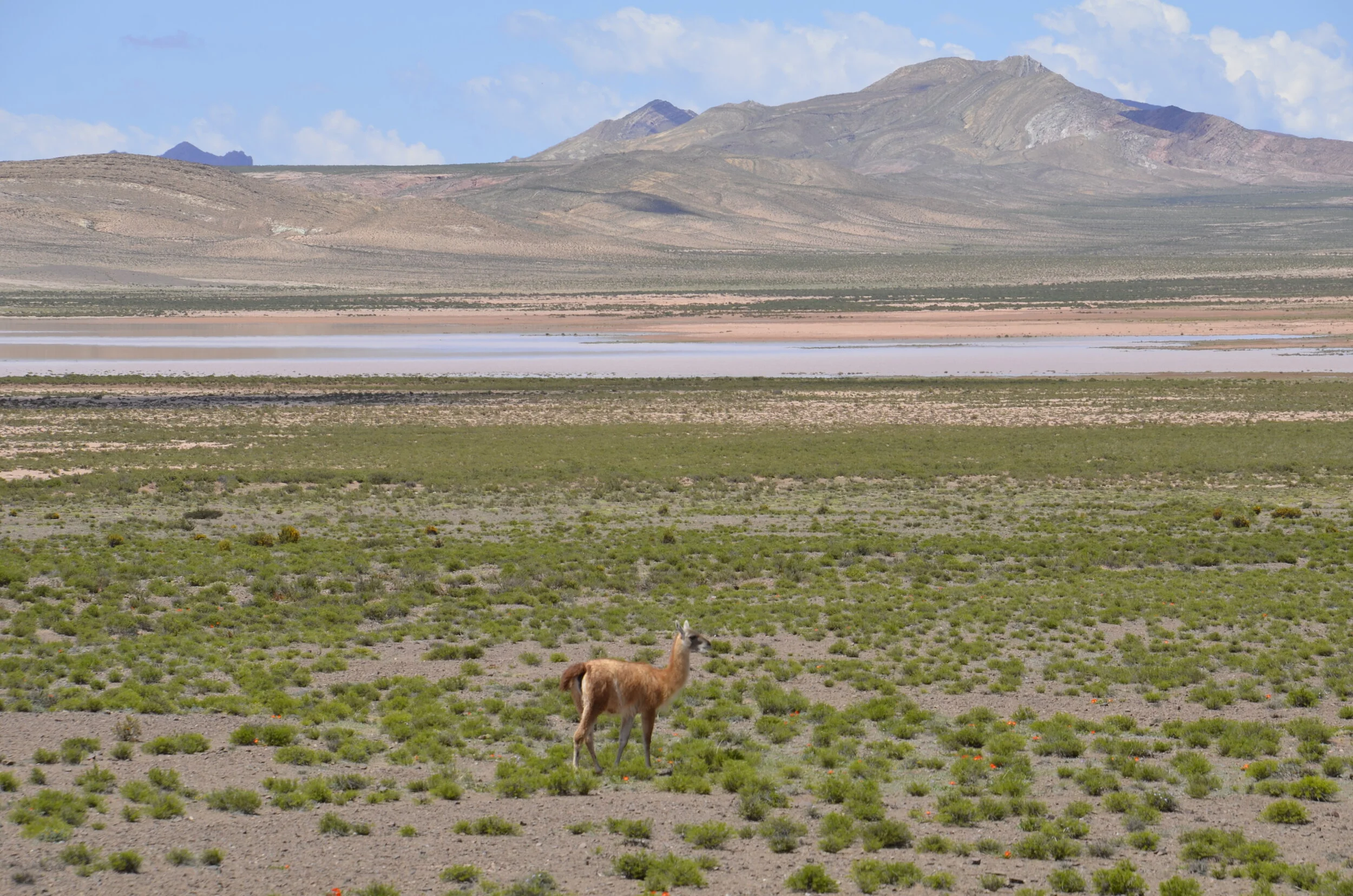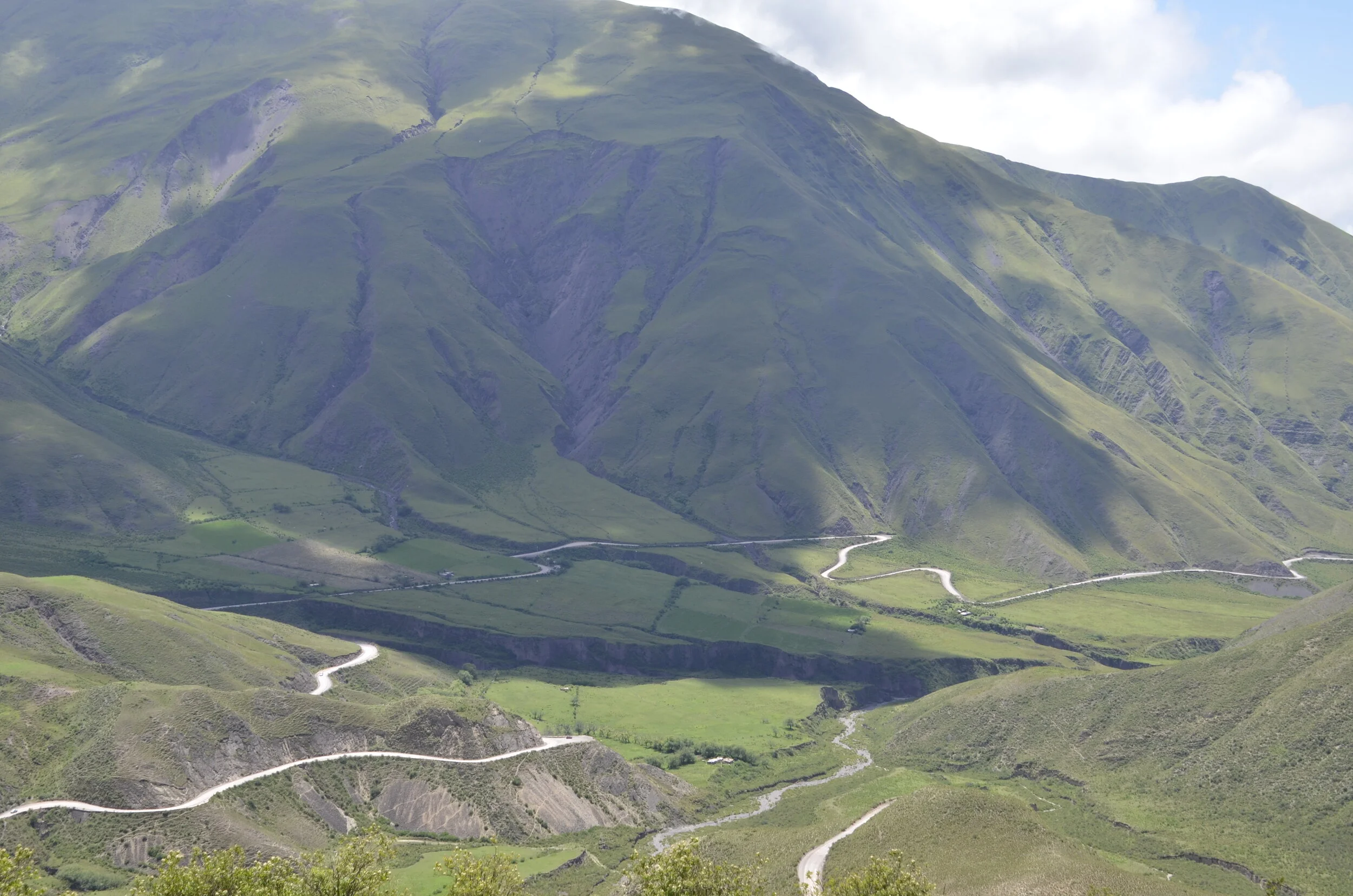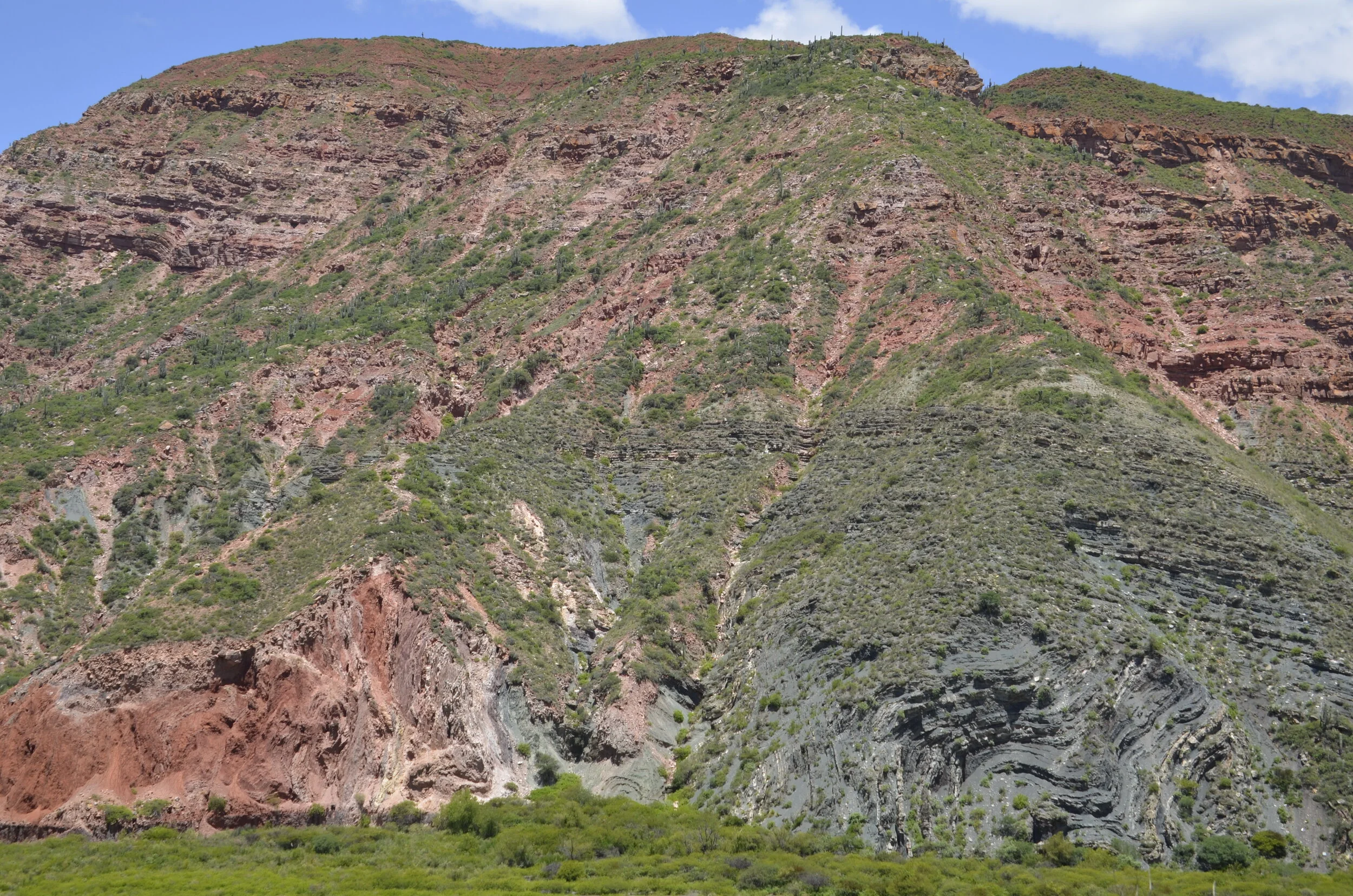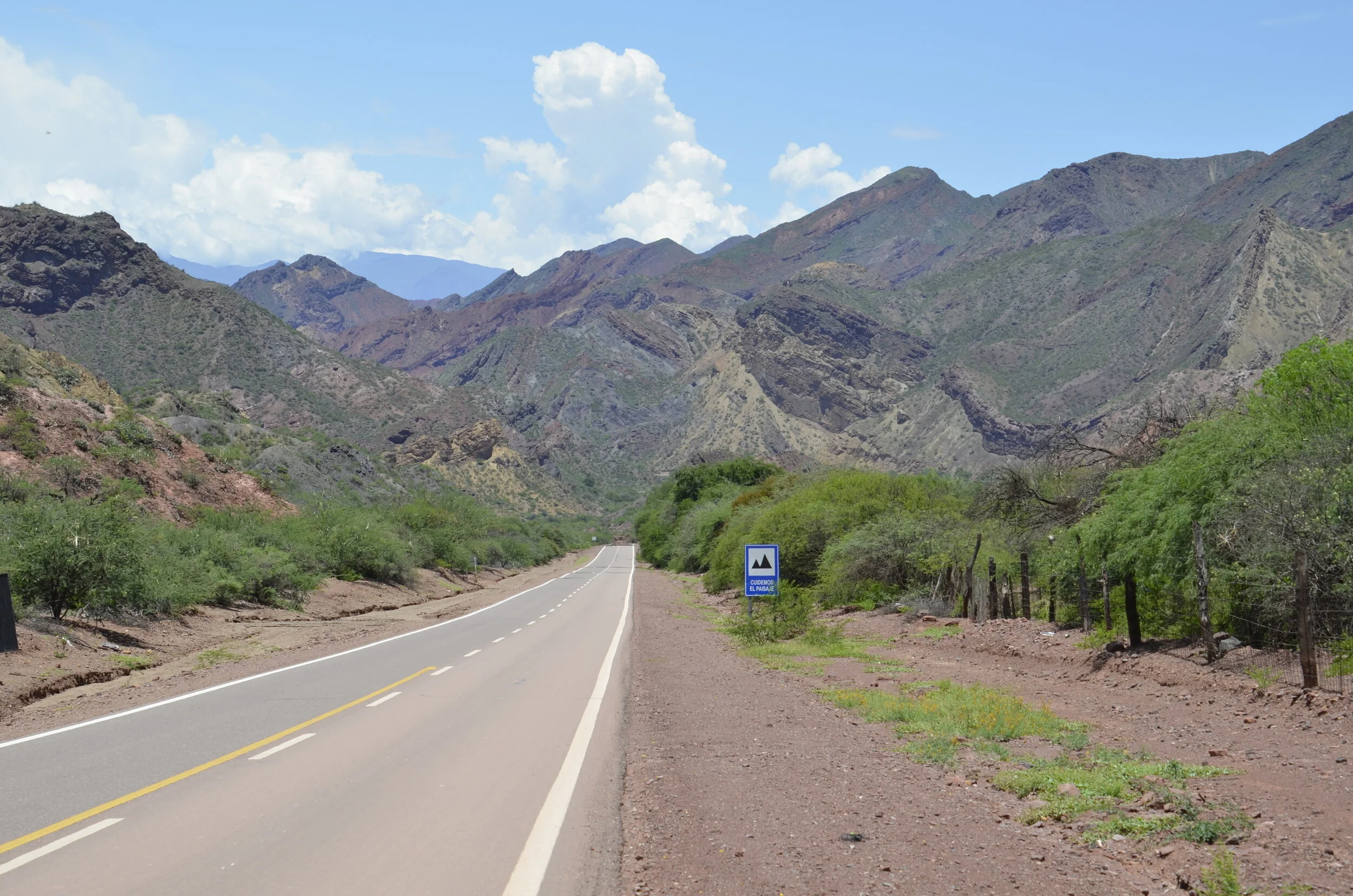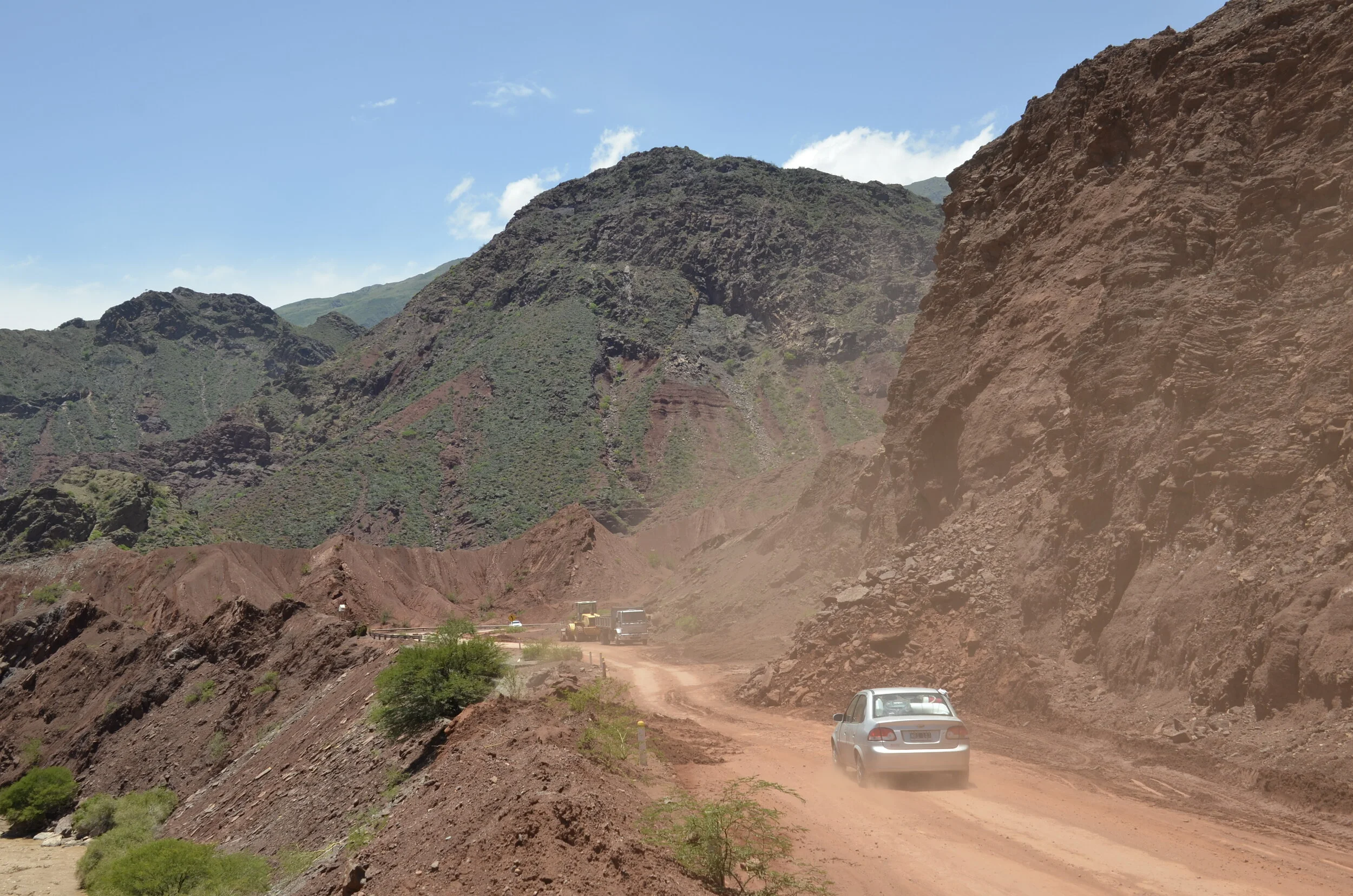Iguazu Falls
Since we were in Argentina… we decided to add on a side trip at the end of our wine tasting with our friends, to see “the largest waterfall in the world”. Upon seeing it, Eleanor Roosevelt reportedly exclaimed, “poor Niagra”.
This is just a part of the falls. When you turn to your right, you also see:
These falls are in the extreme NE corner of Argentina, at the juncture with Paraguay and Brazil.
On the map you can see where we started this trip, in Salta, as well as noting where Mendoza and Buenos Aires are in relation to the rest of the country.
The number of waterfalls varies from 150-300, depending on water flow.
Since we were visiting during their summer, the water levels are much lower, than say in Aug., during spring flooding. The bare rock and wispy falls you see in the picture above, would be completely covered in white. Even so, standing next to the rushing water lets you appreciate their power and beauty.
Ok… I’ll go chronologically now, as it helps me tell the story better. I just wanted to give you a taste of the falls, to see why we wanted to visit them.
The afternoon we arrived, we got settled into our hotel, and this was the view from our room!
You can better appreciate the extent of the falls from this view, as well as see the hotel on the Brazil side, on the left side of the picture. We were staying in the only hotel within the National Park on the Argentine side.
The beginning of the falls is called the Devil’s Throat, and about half of the river’s flow falls down this narrow, 250 ft drop.
Devil’s Throat, from the top
The spray was so heavy on the walkway there, that I couldn’t get any pictures, for fear that my camera would be drenched (as we were). Steve, however,used his phone to get some neat shots…
(panorama)
… as well as a video:
This is the view of the Devil’s Throat, looking upriver -
In the far upper right of the picture above, you might be able to make out the walkway through the mist, where Steve’s pictures were shot. The Argentine side has many km of walking paths to get different views of the falls, and are divided into the Upper and Lower Circuits.
This Upper Circuit allowed us to appreciate the breadth of the falls…
… as well as the power of them by standing at the top.
We also received visits from hungry/curious coatis -
Despite numerous signs in both Spanish and English warning visitors not to feed or pet the wild animals, they were routinely ignored, and I even saw some kids reaching out and petting their backs, as the parents watched on.
I think I enjoyed the Lower Circuit views the most -
- as you were closer (especially with a zoom lens).
We also got to see some neat rainbows:
… and despite the crowds (we didn’t realize that for Carnival in Argentina, people are given off both Mon. and Mardi Gras Tues.)…
… get a good video of this broad fall:
Back at the hotel for the afternoon, we received our visitors -
We had been warned at check-in, to keep our balcony door locked when we weren’t in the room, to keep our belongings safe.
These are Black Capuchins, and they came out of the surrounding forest each afternoon to scour the balconies for food.
On our last day, we visited the Brazilian side of the falls, and got very different views.
We could see where we had been the day before -
We could have opted to take a boat ride under some falls, but I declined, deciding that the drenching by the gentle mist at the top of Devil’s Throat was enough for me.
The different layers of falls was pretty neat:
As there was only one path along the Brazilian side, it was quite crowded, especially at the best point to view the Devil’s Throat:
You just had to patiently make your way along the walkway, enjoying the views on the way -
When I finally reached the optimal corner…
… I got some beautiful shots.
Steve hung back from the scrum, to show me in the middle of it (see my blue hat?) -
Well, so long for now… (until our next trip)






